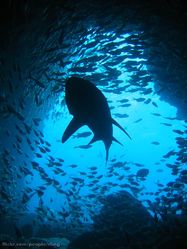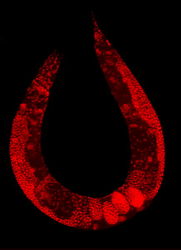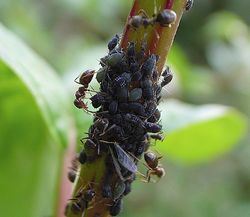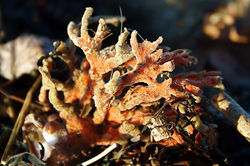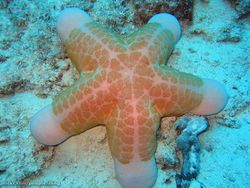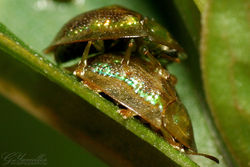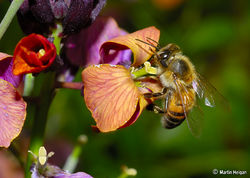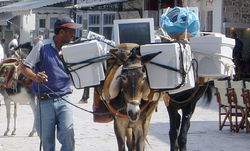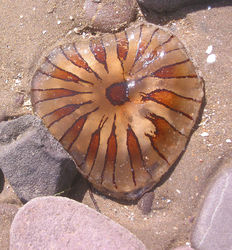Animal/Gallery: Difference between revisions
< Animal
Jump to navigation
Jump to search
imported>John Stephenson (-dead image) |
Pat Palmer (talk | contribs) mNo edit summary |
||
| (3 intermediate revisions by 2 users not shown) | |||
| Line 2: | Line 2: | ||
{{Gallery-mixed | {{Gallery-mixed | ||
|caption=The [[biodiversity]] of | |caption=The [[biodiversity]] of [[animal]]s is mind-boggling. | ||
|width= | |width=250 | ||
|lines=7 | |lines=7 | ||
|Grey Nurse Shark.jpg|Smaller [[fish]] surround a grey nurse shark ('' | |Grey Nurse Shark.jpg|Smaller [[Fish|fish]] surround a grey nurse shark (''Carcharias taurus'') in an [[Ocean|ocean]] reef cave. | ||
|Nematode with stained nuclei.jpg|The [[cell]]s of this [[hermaphrodite]] [[nematode]] (''[[Caenorhabditis elegans]]'') are | |Nematode with stained nuclei.jpg|The [[cell]]s of this [[Hermaphrodite|hermaphrodite]] [[Nematode|nematode]] (''[[Caenorhabditis elegans]]'') are stained so that their [[cell nucleus|nuclei]] glow red. | ||
|Ants and aphids.jpg|In one of the many unique ways animals obtain [[food]], [[rancher ant]]s drink [[sugar]]y juice from [[aphid]]s (''[[Aphis fabae]]'') in return for the aphids' protection, an example of [[symbiosis]] and [[mutualism]]. | |Ants and aphids.jpg|In one of the many unique ways animals obtain [[food]], [[rancher ant]]s drink [[sugar]]y juice from [[aphid]]s (''[[Aphis fabae]]'') in return for the aphids' protection, an example of [[symbiosis]] and [[mutualism]]. | ||
|Red beard sponge.jpg|This [[red beard sponge]] (Microciona prolifera) washed up onshore. Sponges attach to the ocean floor and passively [[filter feeding|filter feed]] on [[plankton]] that pass through them. | |Red beard sponge.jpg|This [[red beard sponge]] (Microciona prolifera) washed up onshore. Sponges attach to the ocean floor and passively [[filter feeding|filter feed]] on [[plankton]] that pass through them. | ||
Latest revision as of 09:13, 7 December 2022
| The biodiversity of animals is mind-boggling. | |||||||||||||||||||||||||||||||||
| |||||||||||||||||||||||||||||||||
